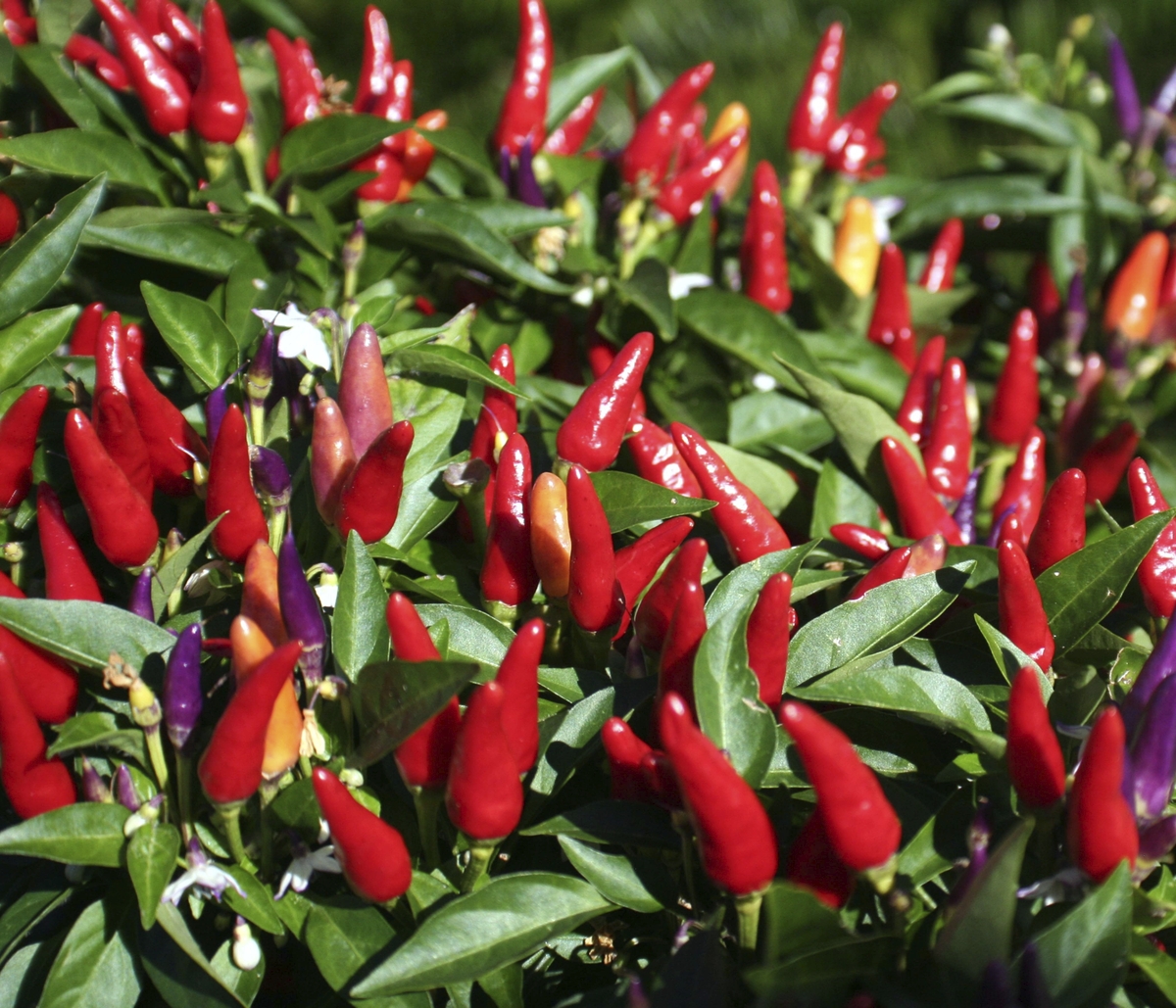Growing Peppers Indoors – Guidelines & Tips
Growing peppers indoors can be a great way to have a steady supply of homegrown, fresh peppers all year round. Peppers can grow successfully indoors provided you have the right soil, climate, and care. Here are a few guidelines and tips to help you get started.
1. Choosing the Right Variety of Pepper
It is important to choose the variety of pepper that is most suited for growing indoors. This will depend on your climate, as well as your personal preference. Popular varieties of peppers that are well-suited for indoors growing include bell peppers, jalapeños, and poblanos. All of these peppers can be grown in pots close to a sunny window. It is also important to choose a variety that will not grow too large. For example, habeneros and serranos are too large for indoor growing.
2. Selecting the Right Pot and Soil
When choosing a pot, make sure that it is deep enough to accommodate the mature size of the pepper plant. Peat-based soil is ideal, as it will retain moisture and provide the necessary nutrients to the peppers. Additionally, it is important to ensure that the pot or container has drainage holes on the bottom.
3. Ample Sunlight
Peppers need plenty of direct sunlight to thrive. Place the container in a spot where pepper plants will receive 6-8 hours of direct sunlight each day. If you do not have a sunny enough window facing towards the east,south or west, you can use supplemental lighting in the form of fluorescent plant lights. These will provide your plants with adequate light for proper growth.
4. Maintaining Temperature and Humidity
In order to ensure that peppers receive the right temperature and humidity levels, invest in a temperature and humidity gauge. Peppers require between 65- 85 degrees Fahrenheit and 70-80% humidity in order to germinate and thrive. Additionally, maintain a consistent watering schedule to keep the soil moist but not soggy.
5. Fertilizing and Pruning
Fertilizing peppers is essential to their growth. Choose a balanced, water-soluble fertilizer that contains all the necessary nutrients. Apply the fertilizer according to the instructions on the package and make sure to water the peppers thoroughly afterwards. To promote new growth, prune off any dried or dead leaves or branches.
Conclusion
With these guidelines and tips, it is easy to cultivate pepper plants indoors. The key is to provide them with the right environment – ample sunlight, the right medium, and necessary nutrients. With a bit of care and attention, your peppers can thrive and provide you with fresh produce all year round!



